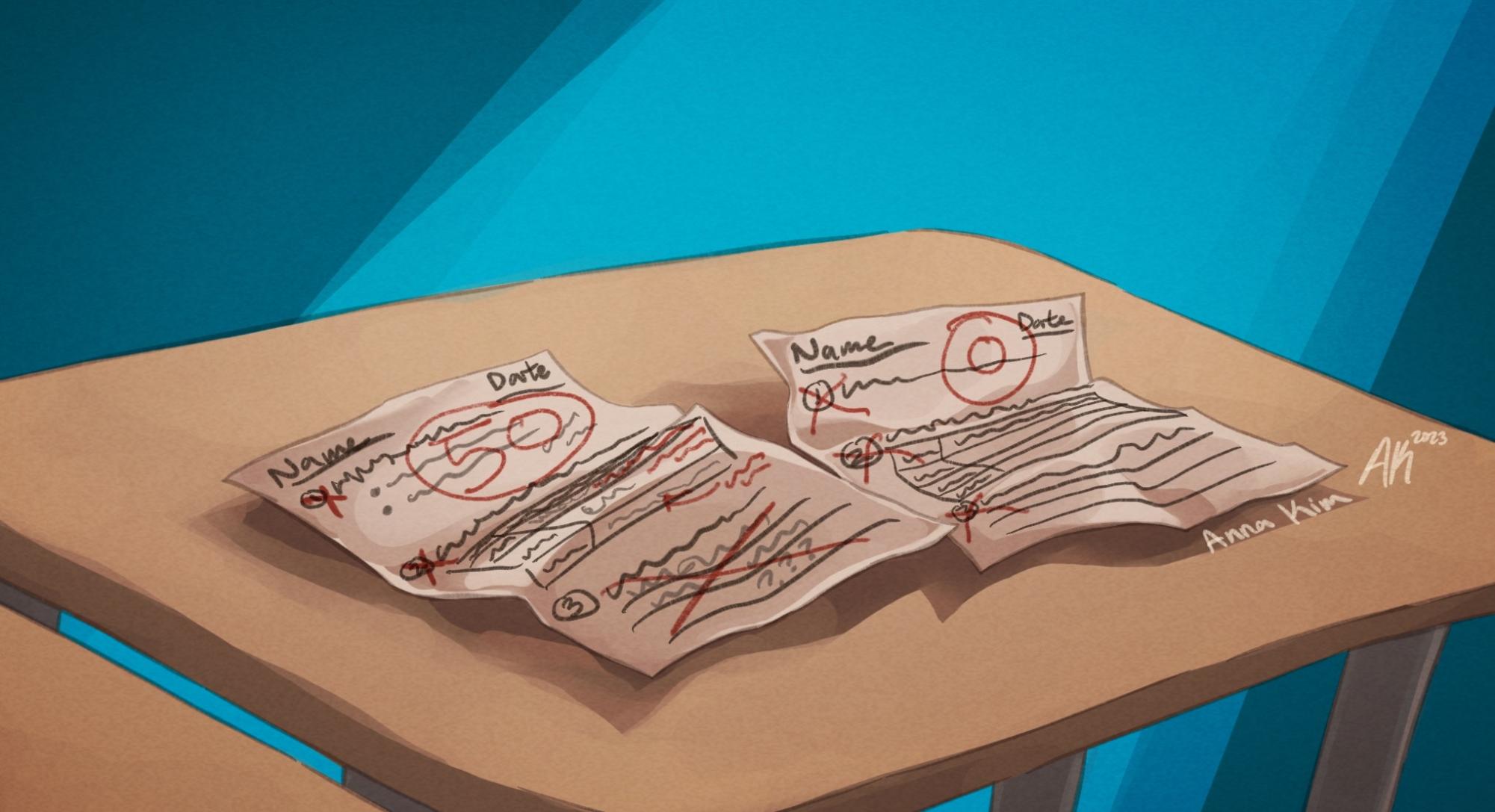At the beginning of the school year, in response to the changes made to the infamous 50 percent rule, my English class engaged in an interactive activity meant to help students understand what had been altered. Groups got to pick which aspect of the syllabus they would dissect through a short skit, then proceeded to give a performance comparable to Shakespeare.
The takeaway? Students may no longer receive the minimum score of a 50 percent on an assignment unless they “made a reasonable attempt to show evidence of their learning.” What someone’s definition of a “reasonable attempt” is, who’s to say? Certainly not the dramaticized teachers generated by the class to ridicule this vague verbiage.
When examined through the lens of a teacher, this revamped rule now achieves two main things.
The first, students who do not submit work will not receive credit for said work. What was once a cushion for a few missing homework assignments has now been swept from underneath students; while most will land on their feet, some unprepared souls may face the harsh fate of a few zeros in the gradebook.
The second, and in my eyes the primary intent of the rule change, students caught cheating will no longer default to receiving half credit on major assignments and tests: they’ve lost those points entirely. Given that students and teachers alike expressed concern over the fact that rule seemingly rewarding those who actively defied the Honor Code, it appears Fairfax County Public Schools caught wind of this, and addressed it.
All things considered, I view the new variation of the 50 percent rule as entirely positive. While yes, advocating for more points on any assignment is hard to pass up, accepting both aspects of the rule change as mutually inclusive is a small price to pay to disincentivize cheating of all kinds.
For teachers, assuming a reasonable definition for a “reasonable attempt” is agreed upon across divisions, a standardized expectation can be established. This is the ideal method of handling the change as, returning to the vague verbiage of the standing rule, a lot of interpretation is left up in the air; what’s important is that teachers interpret it first, and declare it to students from the start.
While some may be sad to see their automatic 50 percent go, when considering all aspects of the rule change, a majority of students will ultimately benefit from the revised version of the rule.
From the November 2023 Issue of tjTODAY








